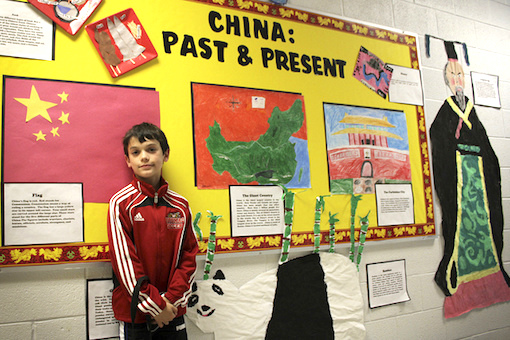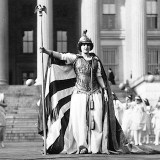Can Platooning in 4th Grade Help “fit it all in”?
A MiddleWeb Blog
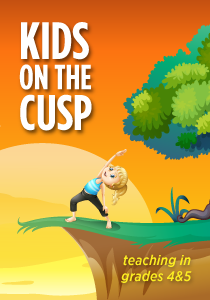 Since the beginning of time (okay…since the beginning of my teaching career back in the late 90’s), the age-old question How do I fit it all in? has found a consistent way to reappear, making an overt, frontal assault on my positive thinking.
Since the beginning of time (okay…since the beginning of my teaching career back in the late 90’s), the age-old question How do I fit it all in? has found a consistent way to reappear, making an overt, frontal assault on my positive thinking.
This nagging question always manages to find its way to the forefront of my brain in the spring, usually a week or so before standardized testing begins – and the emails about scheduling and preparation start building a presence in my inbox.
Thankfully, I have a history of teaching experience (and standardized test administration) to look back on. This ever-growing timeline eventually reminds me that questions like How will I get it all done? will never be answered, because there is no way to “fit it all in.” That’s okay. I don’t want to fit it all in. What I want to do is teach it well.
Switching Classes Goes Elementary
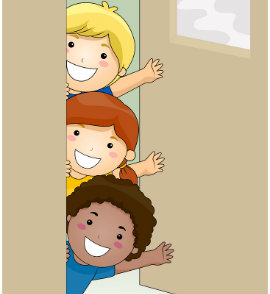
We were excited to give it a try. The four of us were split into two teaching teams, each team having one designated social studies teacher and one science teacher. Wearing our “specialist” hat, we would teach two sessions per week, for about an hour each, in the designated content area.
I’m the Social Studies teacher. My partner, Matt, is the Science teacher. Together, we now have almost two years of “switching” to reflect on and to analyze what worked and what didn’t.
Switching Classes Was Helpful
A lot of what we did worked. Matt agrees. Since we are no longer responsible for teaching “everything,” we can delve into the topics that we do teach more deeply and effectively. Because we’re teaming, we are able to ask each other for feedback and advice about individual kids. Having another teacher’s perspective on the learners I work with each day helps me understand them more fully.
Overall, Matt and I are looking at how we did things in the past and trying to learn from them in an effort to meet the teaching challenges of the present. Sounds like we’re studying history, doesn’t it?
So here’s the segue: Recently, in an effort to help my students connect the past to the present, we used a simple graphic organizer to discuss some of the cause-and-effect relationships between long ago yesterdays and today.
When History Encounters ELA, or Not
Our fourth grade curriculum covers a few hundred years of history, beginning with the Age of Exploration and ending with the United States becoming a vast and varied country. That’s a broad range of topics to cover, during two sessions per week, over the course of one school year.

My homeroom class, however, was able to use this organizer more fully. We had more time to spend with it. We used it to help us look at the use of transition words in our writing, and we used it to connect our study of history to many other language and literacy topics.
These topics were woven into our non-fiction and historical fiction reading units. They were blended into our expository writing, our opinion pieces, and even our creative writing. Our homeroom class was able to investigate social studies topics more deeply because we had the time to read more and write more about them.
My “all day students” have much more exposure to “Social Studies” because I have the freedom to incorporate it into the rest of our day; during language and literacy lessons, in my choice of read alouds, and in writing activities, when Social Studies isn’t “officially” on the schedule. (If I were the Science specialist, I might be weaving more science into my homeroom class, especially in math.)
Beyond History and Science Switching
It occurred to me that Matt and I should consider the possibility of switching more often and, in doing so, move toward one of us teaching Math and Science, and the other teaching Language, Literacy, and the Social Sciences.
When possibilities present themselves, I tend to do a little research. Evidently, there’s a buzzword for this idea. It’s been around for a few years, but I’ve never heard it before. It’s called Platooning. Catherine Gewertz discusses and defines platooning in a February 2014 article in Education Week.
Thankfully, my initial military image of students marching in a straight line down the hall, from class to class, like little soldiers, faded quickly as I continued reading.
Platooning is simply a newer term for the historical practice of switching classes. The etymology of the word itself originated from the French pelote, meaning “ball.”
Peloton, in turn, refers to a large group of soldiers who would work together, in smaller, synchronized units, to volley gunshots in unison, thus giving another peloton time to reload. These were large, well-orchestrated maneuvers, but they couldn’t work unless all of the smaller units worked together. While the term “platooning” may be new to me, the experience of having too many “pelotes” in the air and needing time to reload is very familiar!
Platooning Is Only the Beginning…
I’m not sure if “platooning” is the answer. Perhaps we should come up with some newer buzzwords to try out, as we work through the possibilities:
Harpooning: The process of teaching concepts so deeply that they attach and hold fast to the mind of the learner.
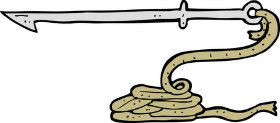
Salooning: Gathering together in a less formal atmosphere to exchange ideas, share insights, and enjoy each other’s company.
Pontooning: Slowly drifting through the curriculum, taking time to stop, anchor, and explore the surrounding landscape.
Whatever you want to call it, I want to try it.
The Next Step Forward in Learning
Right now, one thing is very clear. My students from Matt’s class are only with me two hours a week. I work hard to design meaningful lessons for them, but I am unable to provide them with the same depth of exposure as the children that I spend most of the day with.
Whether I’m the Social Studies teacher or the English teacher, both classes this year will have to respond to the last timeline segment on the cause-and-effect organizer that we created together. If I can get them thinking about how they will “affect” history, I know I’m adding good stuff to the timeline.
Platooning on the Web
► Comparison of Self-Contained and Departmentalized Elementary Teachers’ Perceptions of Classroom Structure and Job Satisfaction (Strohl et al. 2014)
► “Platooning” Instruction: Districts weigh pros and cons of departmentalizing elementary schools (Hood, 2009)
► Platooning—Another Weird Education Word and Common Core Strategy for Elementary School (veteran educator Nancy Bailey against platooning)
Photo: Woodleywonderworks

